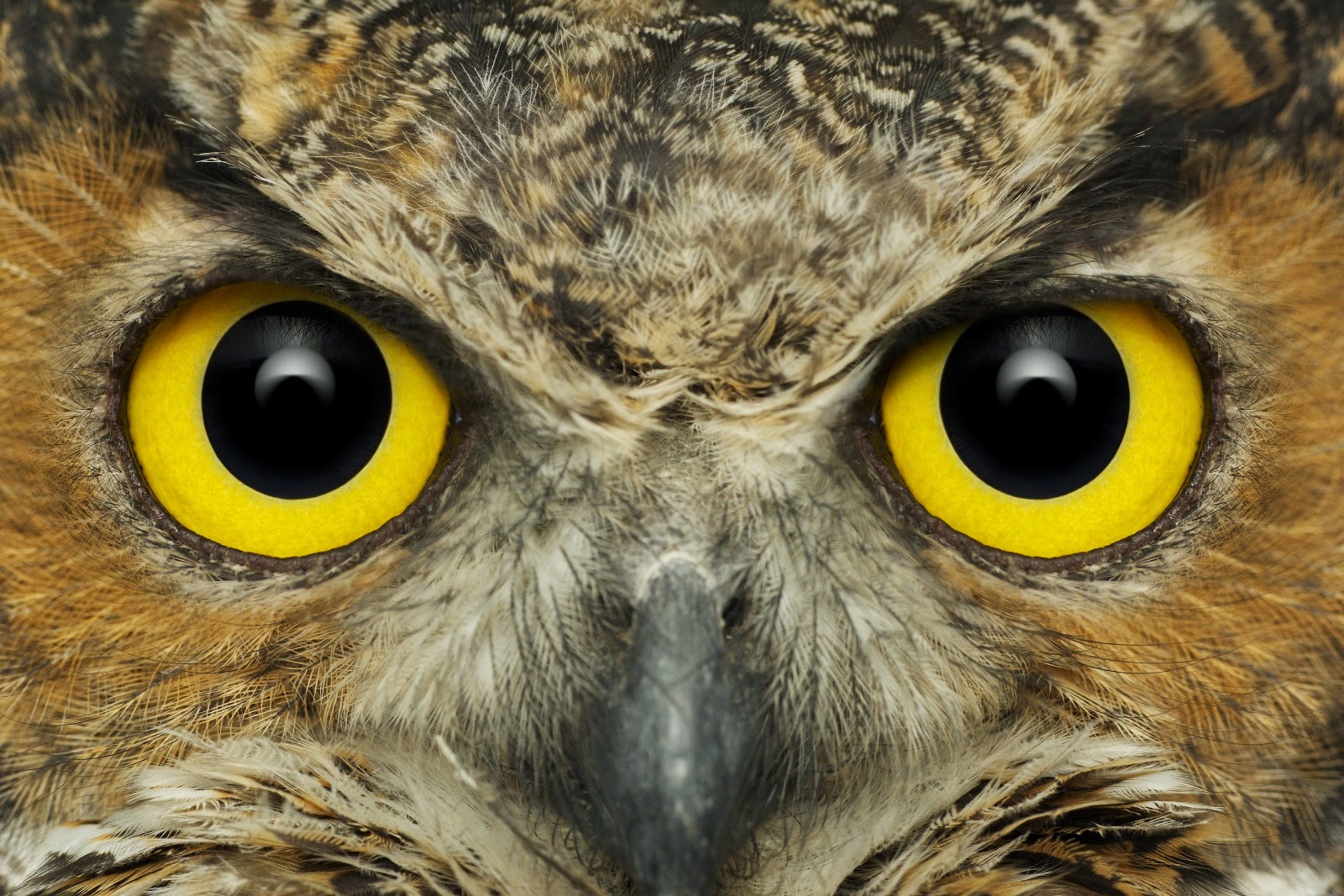Owl eyes have fascinated humans for centuries, evoking a sense of mystery and allure that resonates deeply in various cultures. These remarkable features, known for their large, round shape and striking coloration, serve not only as a tool for survival in the wild but also as a symbol of wisdom and insight in folklore and mythology. The inherent beauty and functionality of owl eyes transcend mere aesthetics, revealing a complex evolutionary adaptation that has allowed these nocturnal creatures to thrive in their habitats.
As we delve deeper into the world of owl eyes, we begin to understand the intricate mechanisms that enable these birds to navigate and hunt in the dark. The unique structure of their eyes, coupled with their exceptional vision capabilities, paints a vivid picture of how these fascinating creatures have adapted to their nocturnal lifestyle. From their remarkable ability to see in low light conditions to their broad field of vision, owl eyes are a testament to nature’s ingenuity and the evolutionary processes that shape the animal kingdom.
Beyond their biological significance, owl eyes have permeated human culture, appearing in literature, art, and symbolism throughout the ages. The metaphorical implications of owl eyes often align with themes of knowledge, intuition, and foresight, embodying the wisdom that is commonly attributed to these enigmatic birds. In this article, we will explore the captivating world of owl eyes, examining their biological features, cultural significance, and the ongoing fascination they inspire in humans.
What Makes Owl Eyes Unique?
Owl eyes are distinct for several reasons, each contributing to their effectiveness as a tool for survival. Key features include:
- Large Size: The size of owl eyes allows for greater light capture, enhancing their vision in low-light conditions.
- Spherical Shape: The spherical shape of their eyes provides a wider field of view, enabling them to detect motion more effectively.
- Nocturnal Adaptations: Specialized retinas packed with rod cells allow for superior night vision, making them adept at hunting in the dark.
How Do Owl Eyes Adapt for Night Vision?
The adaptation of owl eyes for night vision is a remarkable feat of evolution. The combination of large pupils and a higher concentration of rod cells in their retinas allows for exceptional sensitivity to light. This means that even in minimal lighting, owls can see clearly, making them formidable hunters at night. Additionally, the ability to rotate their heads nearly 270 degrees compensates for their fixed eye sockets, allowing them to maintain a broad field of vision.
Why Are Owl Eyes Often Associated with Wisdom?
The association between owl eyes and wisdom is deeply rooted in various cultures. Historically, owls have been depicted as symbols of knowledge and insight, often linked to deities and myths. For example, in ancient Greece, the owl was sacred to Athena, the goddess of wisdom, further solidifying the bird’s connection to intellect. This cultural significance has endured, leading to the widespread use of owl imagery in literature and art as a representation of wisdom and understanding.
What Are the Different Types of Owls and Their Eye Characteristics?
There are over 200 species of owls, each with its own unique characteristics, including variations in eye color and size. Some notable examples include:
- Barn Owl: Recognizable by their heart-shaped face and dark eyes, which allow for excellent night vision.
- Great Horned Owl: Known for their tufted "horns" and bright yellow eyes, which provide a striking contrast against their gray plumage.
- Snowy Owl: With striking white feathers and bright yellow eyes, this species is well adapted to its arctic habitat.
How Do Owl Eyes Influence Their Hunting Techniques?
The unique characteristics of owl eyes play a crucial role in their hunting strategies. The combination of excellent night vision, wide field of view, and acute hearing allows owls to locate and track their prey effectively. Their ability to detect even the slightest movements, thanks to their large eyes, enables them to pounce on unsuspecting animals with precision.
What Is the Impact of Habitat on Owl Eye Adaptations?
The habitat in which an owl resides can significantly influence the adaptations of its eyes. For instance, owls living in dense forests may develop a different set of adaptations compared to those in open fields or arctic environments. These adaptations help them navigate their surroundings, find prey, and avoid predators, ensuring their survival in diverse ecosystems.
What Can We Learn from the Fascinating World of Owl Eyes?
The study of owl eyes offers valuable insights into the complexities of evolution and adaptation. By understanding how these birds have developed their remarkable vision capabilities, we can appreciate the delicate balance of nature and the intricate relationships within ecosystems. Furthermore, the cultural significance of owl eyes reminds us of the deep-rooted connections between humans and wildlife, encouraging us to protect and preserve the environments that harbor these enchanting creatures.
How Are Owl Eyes Represented in Popular Culture?
Owl eyes continue to captivate the imagination of artists, writers, and filmmakers, serving as symbols of wisdom, mystery, and insight. From ancient mythology to modern literature, the portrayal of owls and their eyes often reflects humanity's quest for knowledge and understanding. Whether depicted as wise mentors or ominous figures, owl eyes remain a powerful motif in storytelling and art across cultures.
Conclusion: The Allure of Owl Eyes
In conclusion, owl eyes are more than just a remarkable feature of these nocturnal birds; they embody the intersection of biology, culture, and human fascination. Through their unique adaptations and the profound symbolism they carry, owl eyes invite us to explore the mysteries of the natural world and reflect on the wisdom that can be found within it. As we continue to study and appreciate these awe-inspiring creatures, we are reminded of the interconnectedness of all life and the beauty that lies within the eyes of the owl.
Article Recommendations
- Age Of Tommy Davidson A Timeless Talent
- Understanding The Quest For Caseoh Age
- Conor Megan Fox A Closer Look At The Influential Figure


:max_bytes(150000):strip_icc()/owl.eyes-da8d5a8e337a4dbd838802a5dd1247ce.jpg)